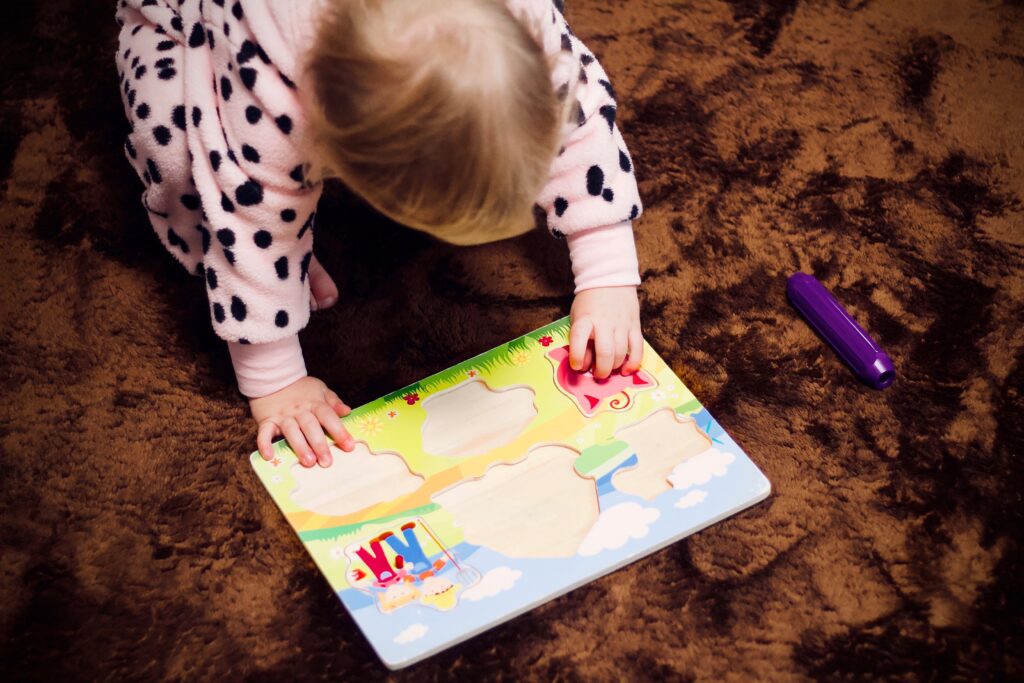Flashing Screens vs Traditional Hands-on Toys, Which Is Better For Kids Playing?
The American Academy of Pediatrics has found the toys which best promote children’s growth are those help caregivers play with children.
As digital media-based gadgets increasingly fill children’s toy aisles, AAP has warned families not to use them as alternatives to traditional hands-on toys and games, which stimulate imagination and contribute to healthy development.
Toys have been developed for many years, and advertisements may impress parents that toys with ‘virtual’ or digital platforms are more educational. Research shows that the best toys don’t have to be flashy or expensive, and they don’t need to come with apps. In this case, simplicity is really better.
The best toys are those support parents and children to play, pretend, and interact. The real magic happens when children play with their parents, whether they pretend to be toy characters or blocks or jigsaw puzzles.
Electronic toys themselves do not provide children with interaction and parental involvement, which is essential for healthy development.
Some suggestions for parents:
- Recognize that one of the most important purposes of playing with toys, especially in infancy, is not educational, but to promote warm, supportive interaction and relationships.
- Understanding the most educational toys is a kind of toys, which promote the interaction between caregivers and children in unconditional supportive games.
- Choose toys that do not overstimulate and encourage children to use their imagination.
In short, no screen, video game or app can replace the relationship established on toys.

